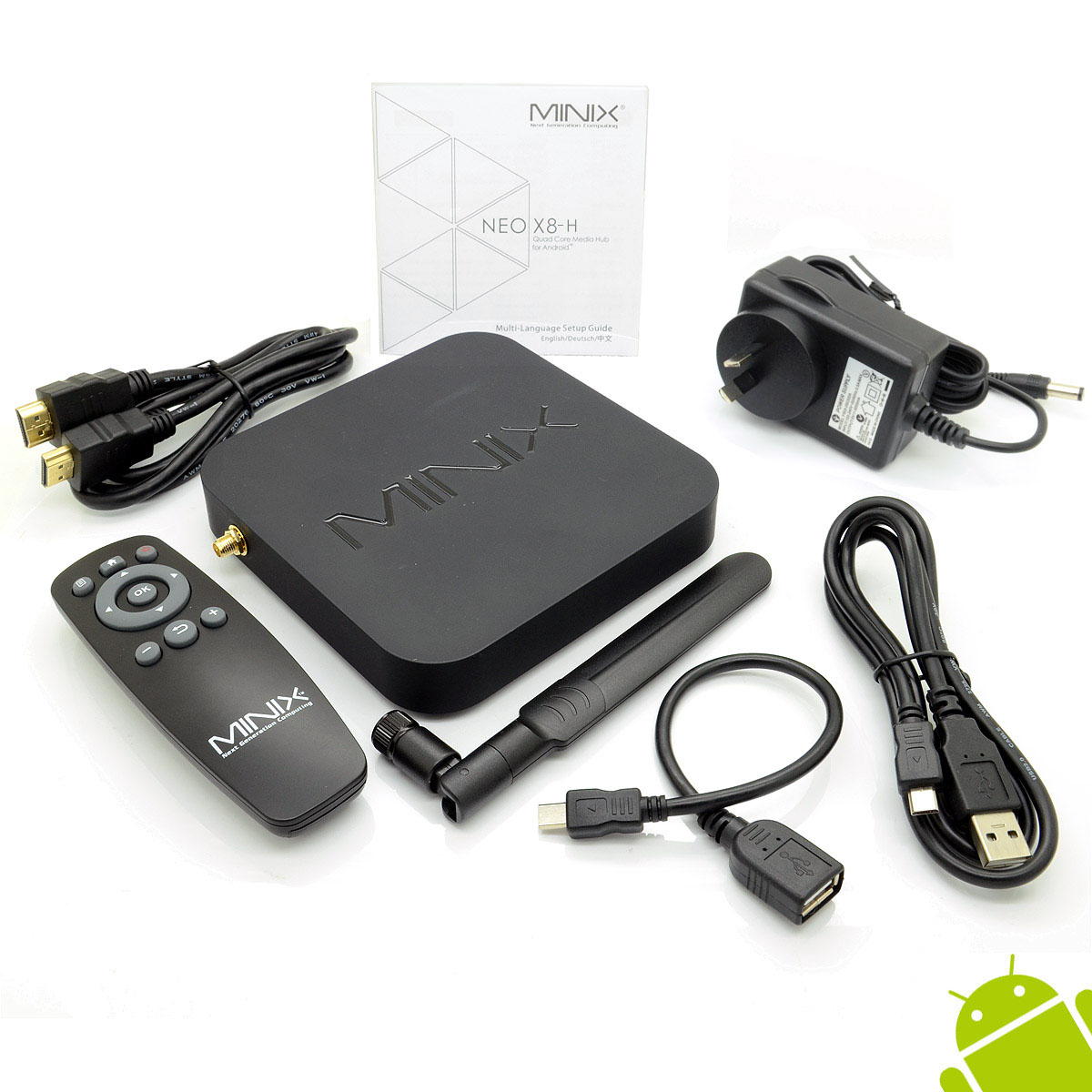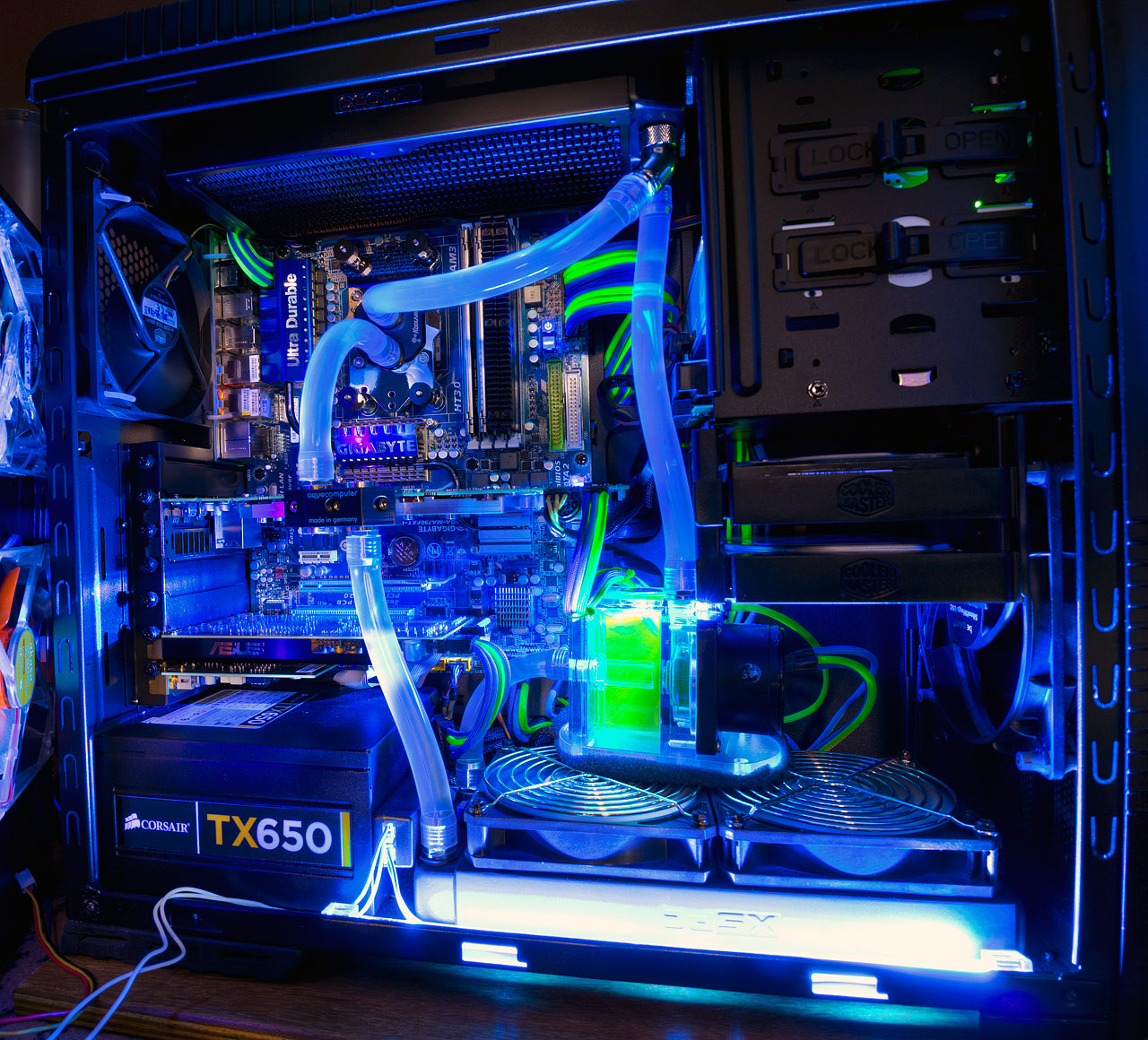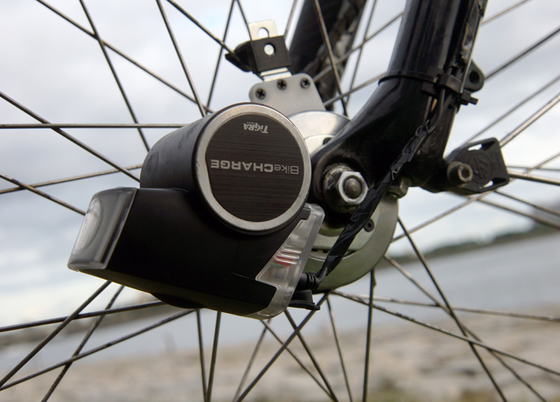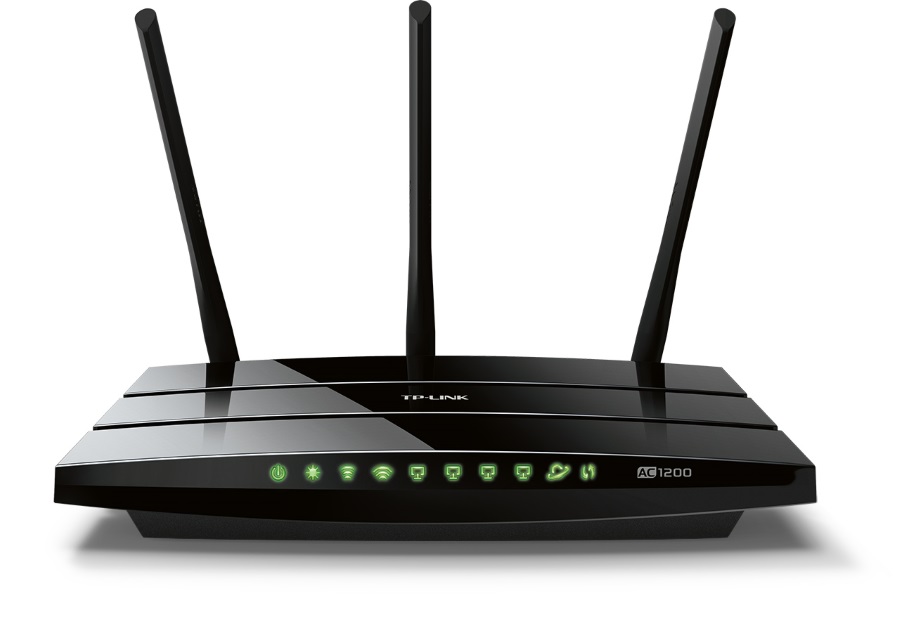9th Wonder Of Windows
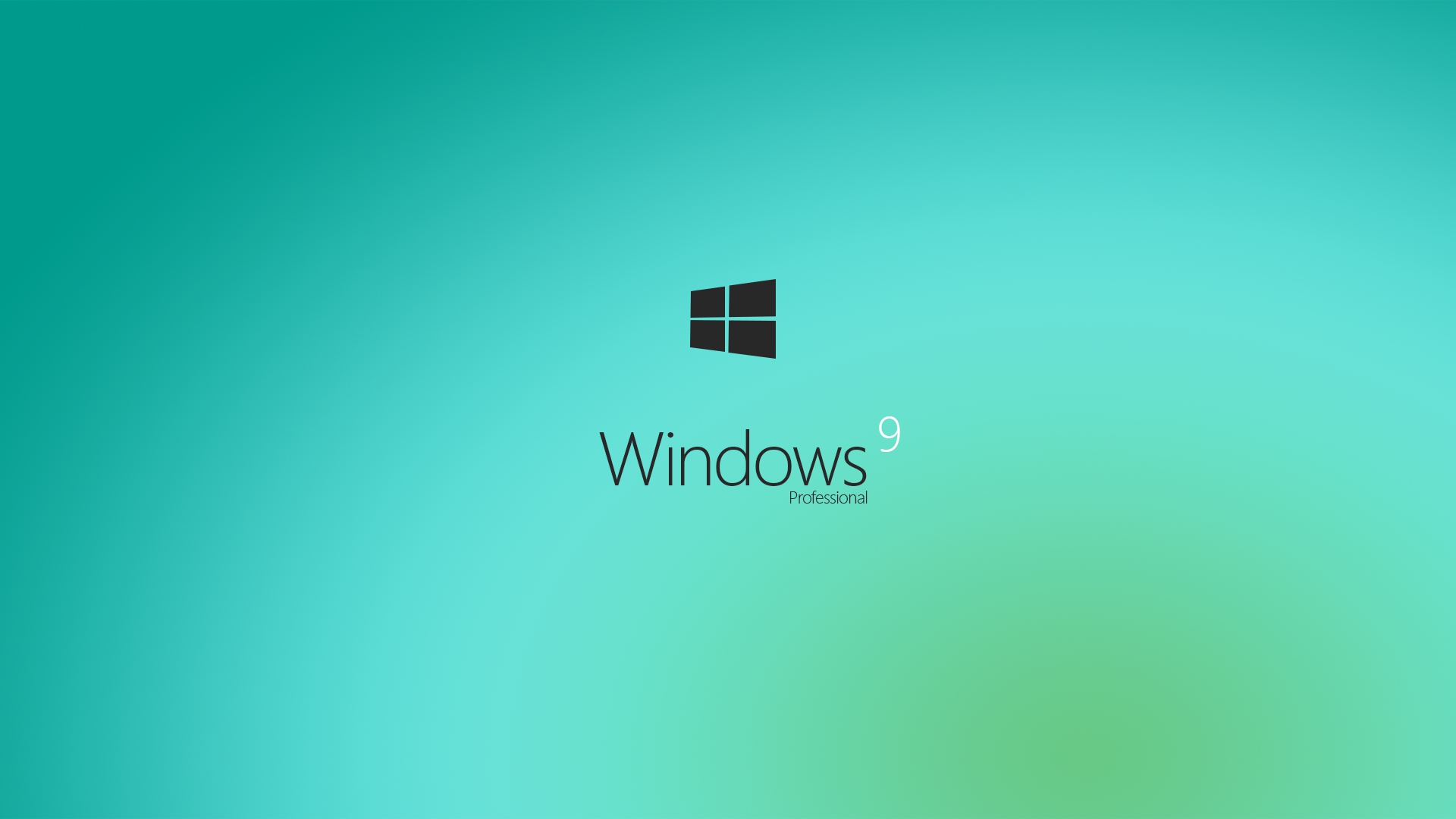
What a setback for Microsoft. At this year’s developer conference Build, the most celebrated features were the Start menu that has made a comeback and the options of running modern apps in a window on the desktop – a big applause to Microsoft for taking important steps back to combining the modern UI and the classic desktop in an effort to revise the basic design shortcomings in Windows 8. Both functions are not available yet; they were briefly shown in the presentation. Microsoft has not made any statement about when the new Start menu and the flexible apps will be launched. All Microsoft employees at the conference had to bite their tongues when the subject of Windows 9 was broached, although a plan for the Windows 8 successor has long been brewing behind the scenes. It is quite urgently needed too because users are out of favour with Win8. It has been criticised ever since it was introduced in September 2011 at the developer conference that year.
Microsoft is now backpedalling step by step. The fact that Windows 8 is a flop is evident from its market shares in comparison to those of the previous version (see diagram at the top right). Despite discount offers for Windows 8 Pro in the initial months, it never achieved the same reach as Windows 7. Naturally, classic desktop PCs and notebooks are no longer as much in demand as in 2009 when Windows 7 was introduced. Yet with Win8, Microsoft wanted to reach out to hybrid devices with touch inputs and thus boost its sales. Even though Windows tablets and hybrid devices have been taken into account in the above statistics, the diagram shows that Windows 8 took 15 whole months to reach a market share of ten percent, while Windows 7 had already achieved within six months. Ending XP didn’t help Windows 8 either; buyers instead opted to switch to Windows 7.
Tiptoeing to version 9
What’s interesting is that Microsoft wants to put an end to the negative trend of Windows 8, but is not ready to speak officially about Windows 9. Not even the name has been confirmed, although it is a known fact since the Vista time that the classic numbering of operating systems is the best solution. The new start menu and the modern apps in the desktop window have only been seen in the Microsoft presentation so far. Microsoft has not even commented on whether these features, which are so important for users, will be introduced as an update for Windows 8.1 or whether there would be a new version number, for example, Windows 8.2. It is also possible that Microsoft will hold back the Start menu and desktop apps for Windows 9 in order to reconcile with its patrons (desktop users) with this fresh start.
As of now, the only certainty is that the Start menu is no longer in discussion and that it will be an integral component of Windows 9. Despite all the criticism targeted at Microsoft, the new Start menu has an interesting detail: it combines classic Windows elements with the modern UI and displays live tiles along with the familiar program list. This is not the case in the various Start menu replicas, since Microsoft does not allow access to the live display of tiles in its programming interfaces. In the screenshot on this page, we have modified the existing Windows 8.1 using additional software to make it look like the one in the presentation at the Build conference. It is possible to already have apps in the window mode using the five-dollar software ModernMix (stardock.com) and the start menu can be entirely replicated with the help of Start Menu Reviver (reviversoft. com).
Roadmap for the next Windows
At Build 2014, many had expected Microsoft to provide a roadmap for Windows 9; however they did not do so. However, Microsoft has not changed the basic procedure of developing new operating systems. Rumours have it that Windows 9 will appear in April 2015. This would be two and a half years after the previous version – a tad earlier than the update from Windows 7 to 8, which took three years. The Windows 9 release, which has been code named “Threshold”, will be much more than just a standard update for Windows 8: Threshold will make Windows available everywhere i.e., from smartphones to servers and increasingly also in the embedded domain, which has recently been described as the Internet of Things. In concrete terms, this means that Windows would get a foothold in the field of car and home automation and everywhere else where operating systems are needed. In order for Windows to establish itself in the new markets that are supposed to include about 50 billion devices by 2020, Microsoft is also giving away its operating system.
Windows shall be handed over free of cost to hardware partners for devices with a screen size less than nine inches. As for the Internet of Things, hardware manufacturers will not have to pay license charges to Microsoft in future. The prices for the classic Windows shall witness a drop too: an ad-financed version called Windows 8.1 with Bing is already in the offerings. It has been conceived for hardware manufacturers intending to launch very low-cost Windows devices. This version corresponds to a fully functional Windows 8.1. Although Microsoft is not giving it away, it is being offered at a very attractive price. In return, Microsoft has integrated Bing as the standard search and is thus following the footsteps of its competitors: even Apple has switched to a free update model with OS X, Linux has made most variants available free of cost and Google simply installs the operating system for its Chrome books. Experts anticipate that Microsoft is planning three so-called milestones for the universally usable Windows 9. Like when it came to Win8, a developer version (Developer Preview) shall appear about one year before the launch of sales. If the intended release deadline of April 2015 is to be met, then this version should be available in the coming few weeks.
The beta version alias Consumer Preview shall be ready seven to eight months before the release, i.e., in October/November 2014. The Release Candidate, which shall be available for the general public shall be available no later than five months before the launch of sales, i.e., as per the current schedule, it would be a pre-Christmas present for Windows fans in December 2014. A slight delay at the end of the development process must be taken into account: if Microsoft starts the sale of Windows 9 in April 2015, the product must be ready by February 2015. This so-called RTM (Release to Manufacturing) is the starting signal for all Microsoft partners.
New system features
The touch operation was introduced in Windows 8; at the Build conference, Microsoft demonstrated Cortana, a voice control for Windows that reminds us of the iOS secretary Siri. It is clear that operation with a mouse and keyboard is still quite important and that Windows 9 will again bring unsatisfied Win8 users on board. In special devices, Windows shall also provide the fourth option of gesture control. Thus, all the latest operating concepts shall be combined in one Windows, but Windows 9 shall not offer all these at all times. Tablets and smartphones would primarily be touch-operated supported by voice control. The classic desktop shall continue to be operated using the mouse and keyboard. If the hardware is available, then gesture control is provided too. A technical highlight in the basic infrastructure is that all Windows systems share a core. Microsoft has been aiming for this for a long time and has finally succeeded with Windows 9. The universal apps provide a foretaste of its advantages for the users. They function on Windows devices of all sizes. The apps could include games, which would work the same way on smartphones as on tablets, notebooks or TVs with Xbox. For this, Microsoft uses established features such as a new DirectX, which will work on all platforms from 2015. Microsoft has already delivered the first benchmarks (see diagram above).
Computations on the same hardware with DirectX 12 are 50 percent faster than with the previous version. DirectX 12 equally distributes the computing load on the available CPU cores. This allows huge performance gains during multi-threading. Microsoft wants to reduce the overhead significantly for that. Its leap from Vista to Win7 is proof that Microsoft knows how to tackle a setback. Windows 9, which is optimised for desktops and which shows a performance boost will make many mouths water.
|
|

